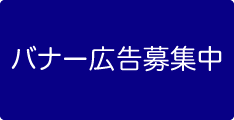カキ果実におけるへたを経由した放射性セシウムの移行(第2報)—へたへの放射性Csの添加量と果肉への移行率について—Translocation of the Radioactive Caesium via the Calyx in Persimmon Fruit (Part 2)—Addition Amount of Radioactive Caesium to the Calyx and Transfer Rate to Pulp—
1 福島県農業総合センターFukushima Agricultural Technology Centre ◇ 963–0531 福島県郡山市日和田町高倉字下中道116 ◇ 116 Shimonakamichi, Takakura, Hiwada, Koriyama, Fukushima Pref. 963–0531, Japan
2 元福島県農業総合センターFukushima Agricultural Technology Centre (former staff)
3 福島県農業総合センター会津地域研究所Aizu Research Centre, Fukushima Agricultural Technology Centre ◇ 969–6506 福島県会津坂下町大字見明字南原881 ◇ 881 Minamihara, Miake, Aizubange, Fukushima Pref. 969–6506, Japan
4 農研機構東北農業研究センター農業放射線研究センターTohoku Agricultural Research Center, NARO ◇ 960–2156 福島県福島市荒井字原宿南50 ◇ 50 Harajukuminami, Arai, Fukushima, Fukushima Pref. 960–2156, Japan
5 農研機構食品研究部門Food Research Institute, NARO ◇ 305–8642 茨城県つくば市観音台2–1–12 ◇ 2–1–12 Kannondai, Tsukuba, Ibaraki Pref. 305–8642, Japan



